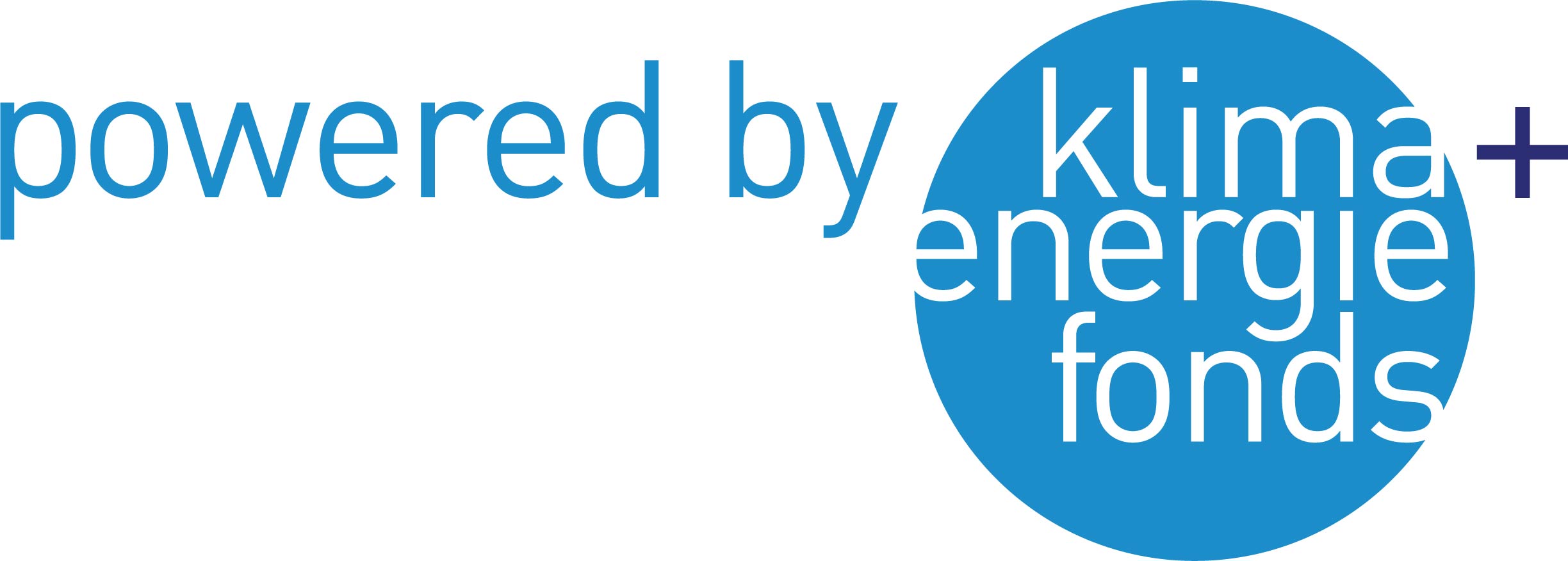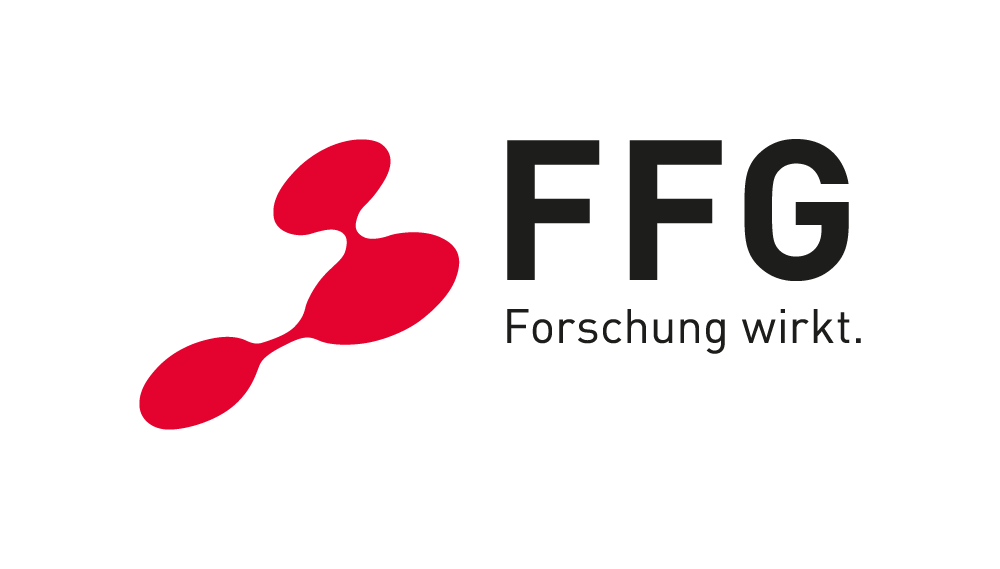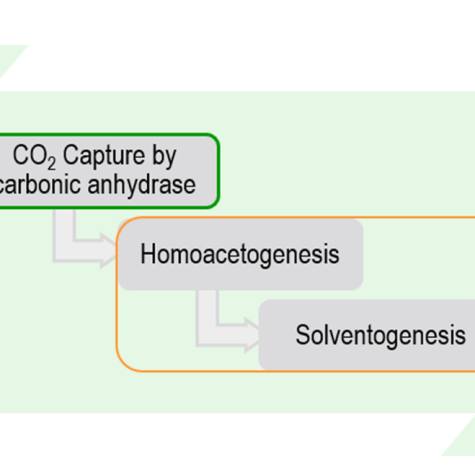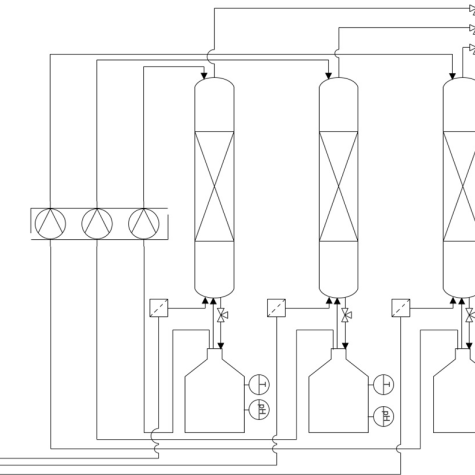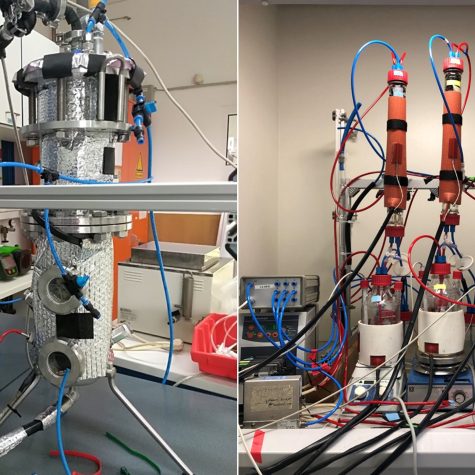Entwicklung eines Verfahrens zur mikrobiologischen Nutzung von CO2 und H2 zur Gewinnung von Ethanol.
Projektbeschreibung:
Ziel des Projektes ist die Entwicklung eines mehrstufigen biotechnologischen Verfahrens zur Gewinnung von flüssigen Sekundärenergieträgern aus CO2 und H2.
In einem ersten Schritt wird untersucht inwiefern Enzyme wie die karbonische Anhydrase zur Verflüssigung von CO2 genutzt werden kann. In Folge werden basierend auf den Prozesskinetiken der Mikroorganismen Modelle erstellt und ein Reaktorsystem im Labormaßstand konstruiert, gebaut und evaluiert. Anhand dieses Reaktors wird der Prozess weiter optimiert und verschiedenen Prozessszenarien untersucht. Auf dieser Basis wird ein Upscaling mittels Modellierung durchgeführt.
Abschließend wird eine ökonomische Bewertung und eine LCA (Lifecycle Analysis) für diese Technologie erstellt.
Project summary:
The European Commission Roadmap 2050 for a low-carbon economy states that current greenhouse gas emissions must be reduced by 80–95% by 2050. To reach these targets, the entire energy system needs to be transformed and will need to include efficient conversion technologies. All potential renewable energies must be used, while simultaneously guaranteeing an uninterrupted energy supply for consumers. Because wind and solar energies are not constant, and because demand is not constant, a transition to a flexible energy system with a conversion to secondary energy carriers (fuels) will be necessary.
Power to gas (P2G) is one suitable technology that can provide flexible energy networks coupled with conversion to fuels. A more recent version of this technology is power to liquid (P2L), which converts excess electricity into liquid fuel.
The EU also has targets to blend 10% biofuels into transport fuels by 2020 (Renewable Energy Directive 2009/28/EC).First-generation biofuels (e.g. bioethanol from starch, biodiesel) have already helped reach this target, but they have had a limited impact on CO2 emissions.
Due to Renewable Energy Directive II biofuels upon 2nd generation will only be supported. Second-generation biofuels, made from waste, are just starting to be produced at a large scale. Third-generation biofuels, based on algae, are being intensively studied.
Now the fourth-generation biofuels are being researched, using CO2 as a carbon source. Previous processes using CO2 and H2 have focussed on methane production as well as direct hydrogen addition to the gas grid.
The aim of the proposed research project is to develop a multi-step process to produce liquid fuels from CO2 and H2. This will allow CO2 waste streams to be used to produce liquid fuels, thereby contributing to the reduction of emissions in the transport sector.
Projektpartner:








Projektförderung durch:

